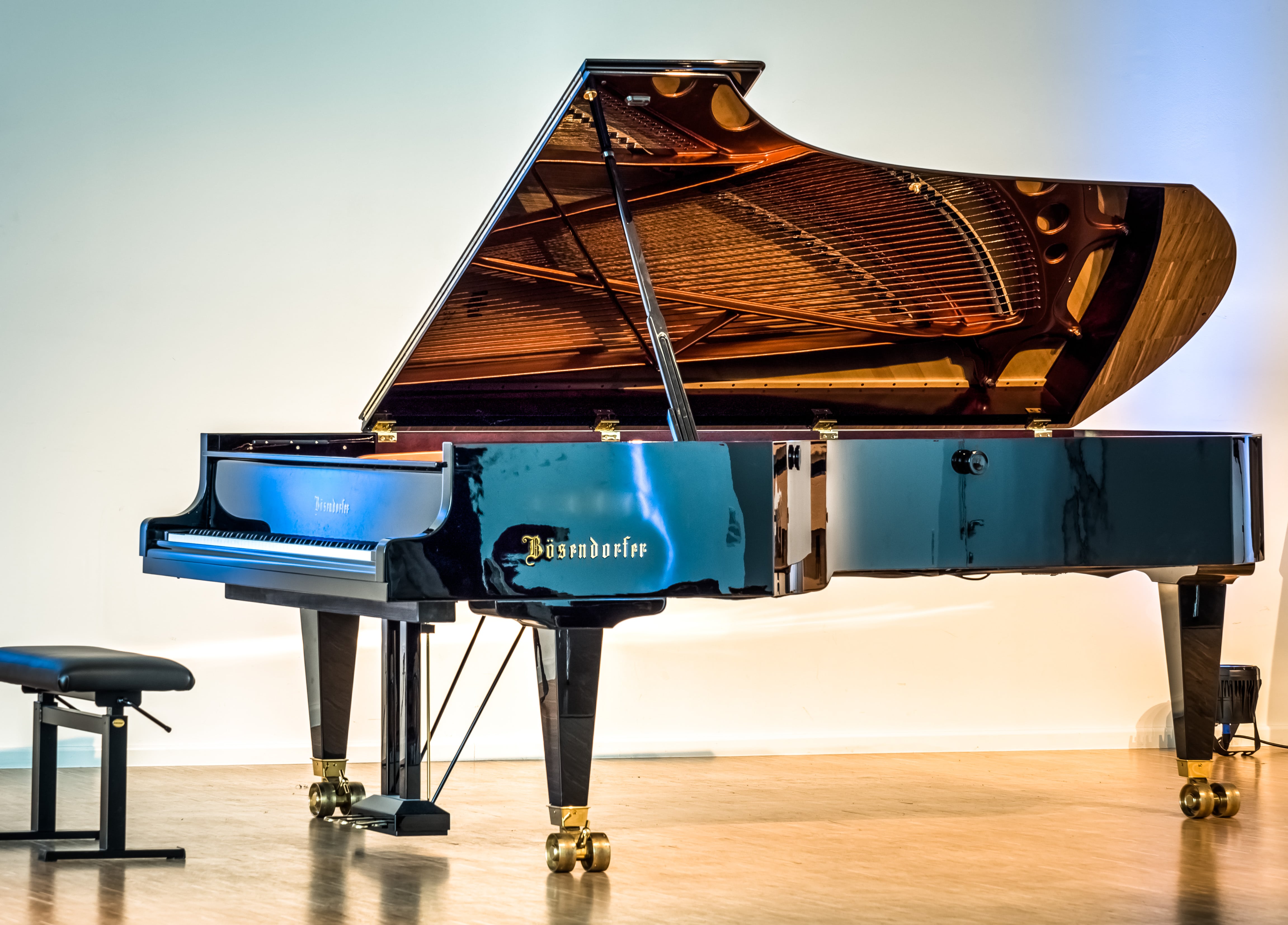
How To Play the Piano More Evenly
Playing the piano with evenness, especially in scales and technical passages, is a fundamental skill that distinguishes an accomplished pianist from an amateur. Evenness in piano playing means that each note receives equal weight, tone, and duration, creating a smooth and controlled sound – unfortunately, this can be fairly difficult. This blog will analyze a few practice strategies for playing more evenly.
We also recommend listening to your own playing by recording yourself. This can be very illuminating to a pianist of any skill level. Your teacher will also be an amazing source of feedback as well, and if you are looking for piano lessons in NYC or online, send David Chang a note.
How To Practice Playing the Piano Evenly
Practice Scalar Passages With Dotted Rhythms
Practicing with dotted rhythms is another excellent method for developing evenness. This involves altering the rhythm of the piece or scale you are working on. For example, if you are practicing a scale, play the first note as a long note (dotted eighth note) followed by the second note as a short note (sixteenth note), and continue this pattern throughout the scale. Then reverse the pattern (short-long). This exercise forces you to focus on each individual note, making it easier to identify and correct unevenness.
Slurs, Staccato and Other Articulations
Incorporating slurs and staccato into your practice can also improve evenness. Slurs (smoothly connecting notes) encourage legato playing, which requires precise finger control and touch. Practice your scales or passages by slurring groups of notes, paying attention to the transition between each note. On the other hand, staccato (playing notes sharply and detached) helps in developing finger strength and precision. Alternate between slurred and staccato playing to gain control over both articulations.
Practice with a Metronome
One of the most effective tools for achieving evenness is the metronome. It helps maintain a consistent tempo, which is crucial for even playing. Start by setting the metronome to a slow speed and play your scales or passages in time with the clicks. Ensure that each note corresponds exactly to a click. As you become more comfortable, gradually increase the speed. The key here is consistency; the spacing between each note should remain the same as you speed up or slow down. You will eventually need to subdivide once you exceed the metronome’s speed capability, but matching notes with clicks can be a useful strategy for a time.
Hands Separately Practice
Practicing hands separately is vital in achieving evenness. It allows you to focus on the technical challenges of each hand without being overwhelmed by coordinating both simultaneously. Work on difficult passages with each hand alone, ensuring evenness and control. Once you’ve mastered each hand, slowly combine them, maintaining the precision you achieved in hands-separately practice.
Slow Practice
It cannot be overstated how crucial slow practice is. Playing slowly lets you pay close attention to every aspect of your playing - finger movement, tone production, and rhythmic precision. It allows you to internalize the correct movements and rhythms, making it easier to maintain evenness when you increase the tempo. Gradually increase the speed only when you can play the passage evenly at a slower tempo.
Finger Independence Exercises
Improving finger independence is essential for even playing. Exercises designed to strengthen weaker fingers (usually the fourth and fifth) are particularly beneficial. Hanon exercises, for instance, are great for developing finger strength and independence. Ensure each finger moves with equal force and control.
Use of Weight Transfer
Understanding and utilizing weight transfer can significantly enhance evenness. This involves using the natural weight of your arm and wrist to produce sound, rather than just pressing with the fingers. Practicing scales and passages with an emphasis on smooth weight transfer helps in achieving a more even, legato sound.
Mental Practice and Visualization
Mental practice involves visualizing yourself playing a passage perfectly even before you approach the piano. This technique helps in internalizing the correct movements and rhythms. Imagine each finger movement and the sound of each note, focusing on maintaining evenness.
Recording and Listening
Recording your practice sessions and listening back can be enlightening. Often, what we perceive while playing differs from what is actually happening. Listen critically for unevenness in rhythm and tone, and then focus your practice on correcting these areas.
Work With Your Teacher To Achieve Evenness
A skilled piano teacher will have many strategies to share, and they can also help you avoid tension and pain that sometimes accompany over-practicing. If you start to feel too much tension in your arm or hand, stop practicing and take a break!
As the leading piano teacher in Brooklyn, David Chang helps many motivated adults achieve a high level of playing on the piano. Please get in touch for information about lessons.





